AMREF Flying Doctors details the bespoke challenges of operating across Africa for over six decades, and a unique patient transport from Yemen to Jordan
Founded in 1957, AMREF Flying Doctors has been in operation for over 60 years. Although we operate mainly in Africa, we are frequently involved in the evacuation and repatriation of patients out of Africa to Europe, Asia and the Middle East. Additionally, we provide vital medical escort to patients on commercial airlines and repatriate patients to Europe, Asia, the Middle East, and North America. Since its beginnings, AMREF Flying Doctors has been the leading provider of fixed-wing air ambulance services throughout Africa.
As such, choosing the right aircraft is of integral importance. We operate five aircraft in full-time dedicated air ambulance configuration. Two of these are PC-12 turboprop aircraft pressurized for comfort and safety, which allow us to operate in isolated areas including small, remote, and unpaved airstrips. Besides the PC 12s, we operate three jets – one Cessna Citation Bravo, one Cessna Citation XLS, and one Cessna Citation Sovereign 680. This aircraft mix is well suited for our operations out of Wilson Airport in Nairobi.
A successful air ambulance mission needs the right kit and crew for the job
As standard, AMREF Flying Doctors missions tend to fly with a minimum of four personnel. In order to ensure the highest level of safety possible during each flight, two pilots – a captain and a first officer – are required to fly the aircraft, as well as a doctor and a flight nurse, both of whom have backgrounds in intensive care and further training in aviation medicine.
The specialities of the doctor and flight nurse, however, varies according from mission to mission. To ensure the safety of all crew members and patients, various considerations are made prior to sending an aircraft on a mission. Among these factors are the patient’s diagnosis, the number of patients on board, and the distance that must be covered during the trip.
Regardless of the mission, we include the following as essential medical equipment: ventilators, oxygen supply, spectrum or life port stretcher systems, infusion pumps, advanced trauma and medical kits, and various emergency medications. Of course, depending on the parameters of each mission, we will consider additional equipment that needs to be brought on-board. For instance, if we are evacuating a trauma patient, we will be required to carry additional equipment such as head blocks, vacuum mattress, and splints, among other equipment to support a trauma mission.
But the single most valuable piece of equipment on every evacuation mission is the Zoll X series monitor. This equipment is used to monitor a patient’s vital signs, such as Non-Invasive Blood Pressure, Invasive Arterial Blood Pressure, Heart Rate, Oxygen Circulation, Temperature, ETCO2 and Central Venous Pressure, and is central to the requirements of any AMREF operation.
Transporting conjoined twins from Yemen to Jordan
Although AMREF Flying Doctors has engaged in a variety of missions, one of the most unique was when we safely transported Yemeni conjoined twins from Sana’a, Yemen to Jordan for specialized medical care. Although there were many bespoke patient considerations, using a specialized team and an air transport-approved portable incubator, the challenging and delicate transfer was carried out successfully.
Conjoined twins, also known as Siamese twins, are very rare with an estimated incidence of 1 in 200,000 live births. Their medical condition required urgent and highly specialized interventions which are beyond the capacity of the medical facilities in Yemen, thus the need to move to Jordan.
Despite being a delicate case in a challenging active conflict zone, AMREF Flying Doctors provided high standards of care in a medical transport of unique nature for a safe and successful transfer.

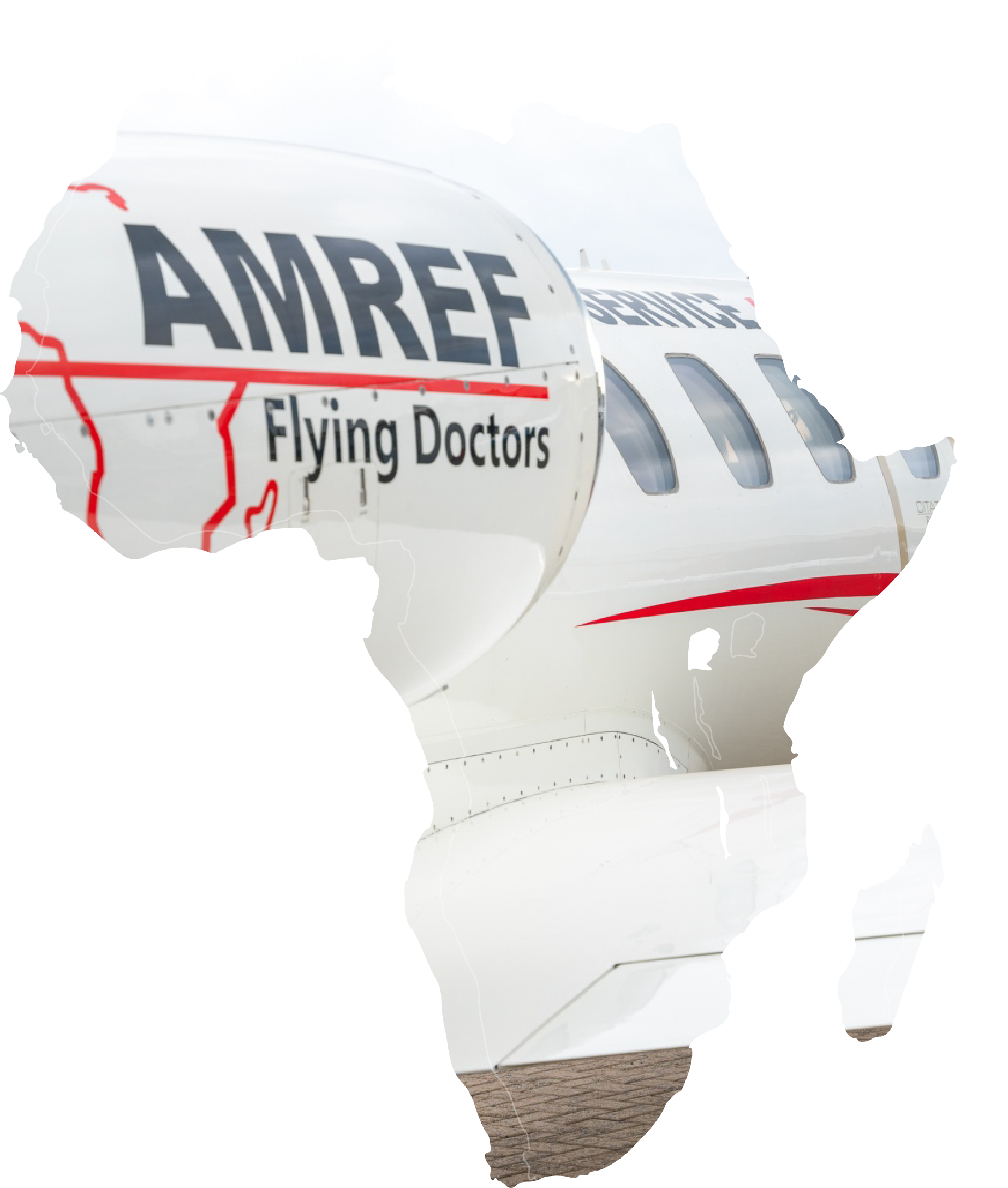


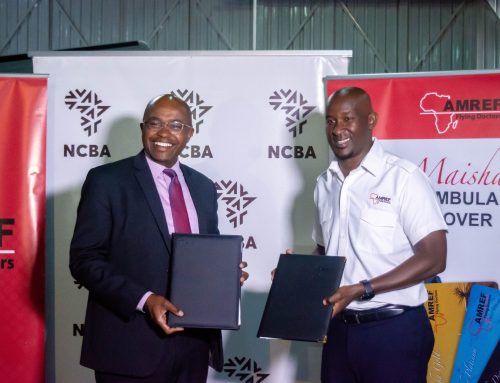
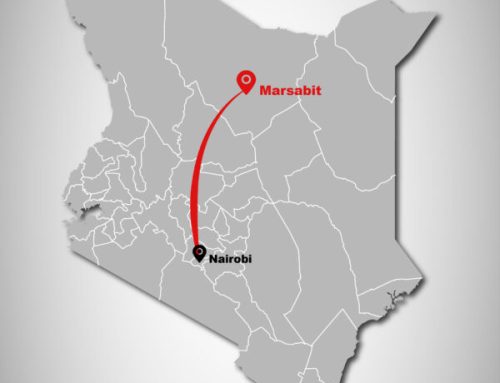



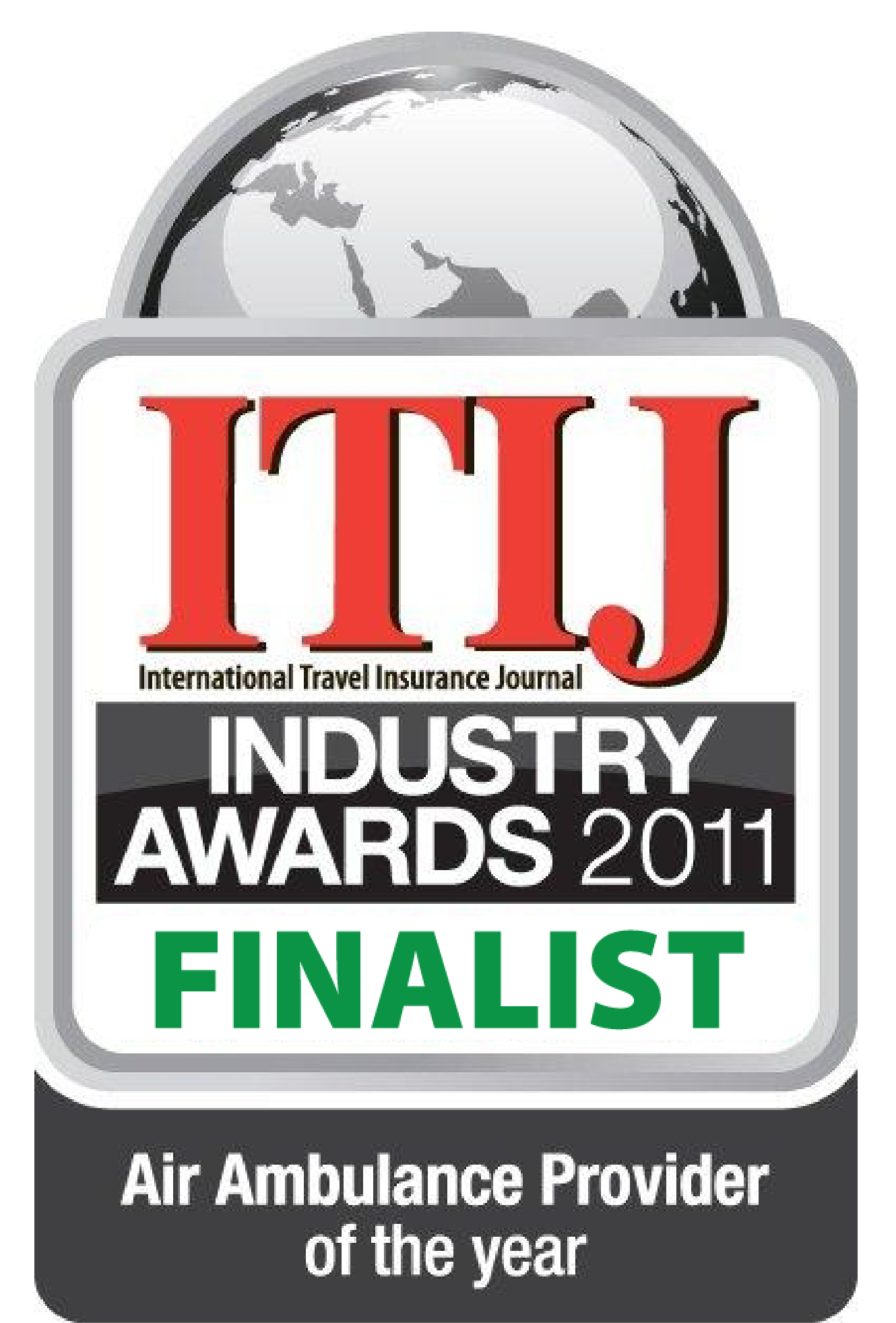
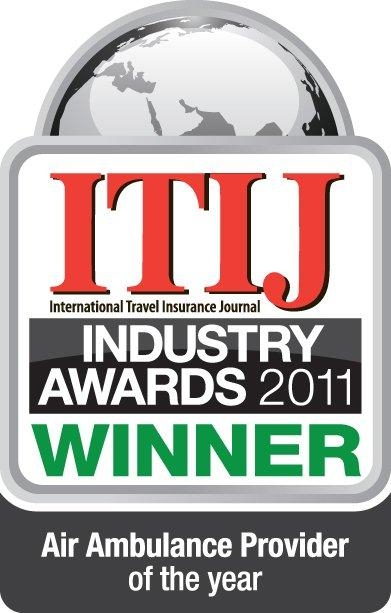

Leave A Comment